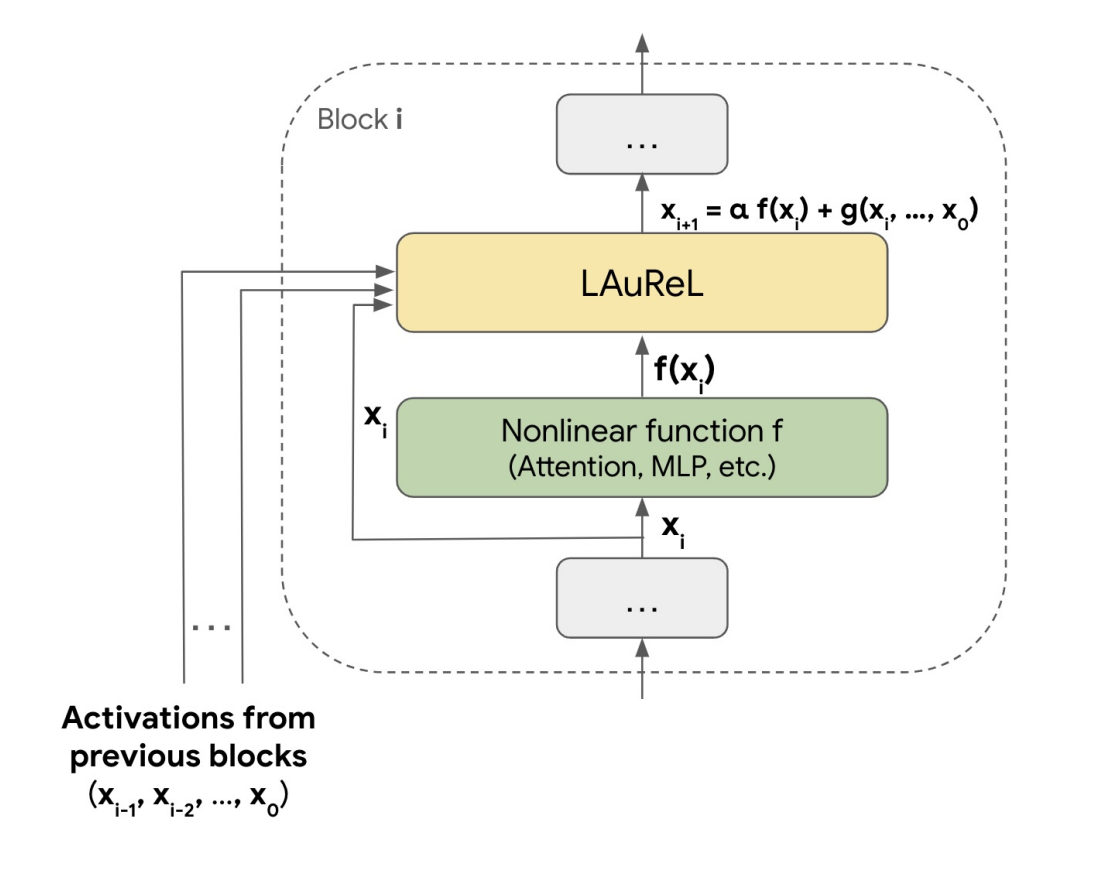Our discussions with The New York Times had appeared to be progressing constructively through our last communication on December 19. The negotiations focused on a high-value partnership around real-time display with attribution in ChatGPT, in which The New York Times would gain a new way to connect with their existing and new readers, and our users would gain access to their reporting. We had explained to The New York Times that, like any single source, their content didn’t meaningfully contribute to the training of our existing models and also wouldn’t be sufficiently impactful for future training. Their lawsuit on December 27—which we learned about by reading The New York Times—came as a surprise and disappointment to us.
Along the way, they had mentioned seeing some regurgitation of their content but repeatedly refused to share any examples, despite our commitment to investigate and fix any issues. We’ve demonstrated how seriously we treat this as a priority, such as in July when we took down a ChatGPT feature immediately after we learned it could reproduce real-time content in unintended ways.
Interestingly, the regurgitations The New York Times induced appear to be from years-old articles that have proliferated on multiple third–party websites. It seems they intentionally manipulated prompts, often including lengthy excerpts of articles, in order to get our model to regurgitate. Even when using such prompts, our models don’t typically behave the way The New York Times insinuates, which suggests they either instructed the model to regurgitate or cherry-picked their examples from many attempts.
Despite their claims, this misuse is not typical or allowed user activity, and is not a substitute for The New York Times. Regardless, we are continually making our systems more resistant to adversarial attacks to regurgitate training data, and have already made much progress in our recent models.



